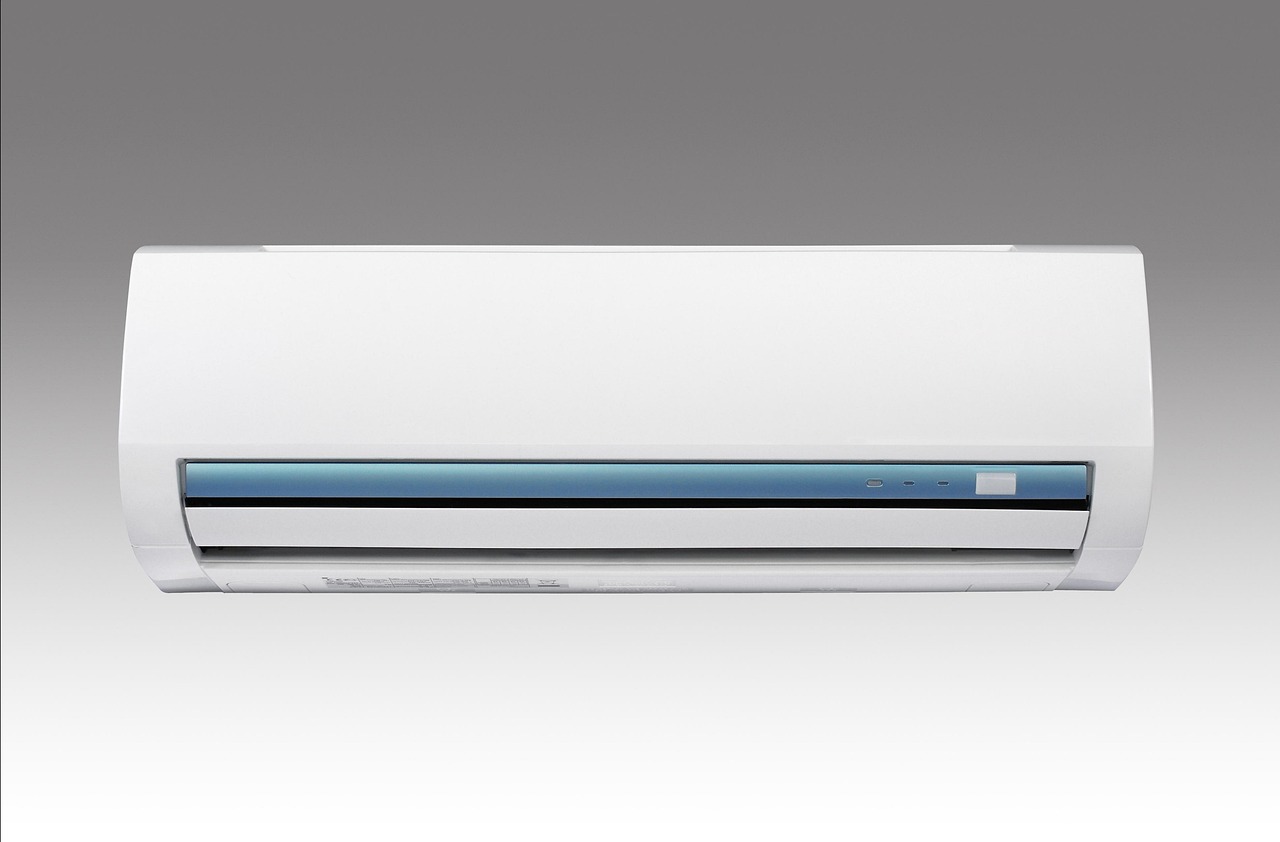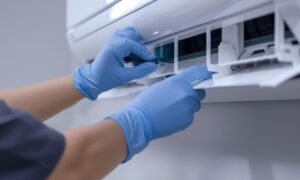If you’re considering a new AC system, an air conditioning service can help you make the right choice for your home. Most AC units last between 10 to 15 years, and many homeowners wonder when the right time to replace their ageing system arrives.
Ageing air conditioning systems often struggle with performance issues. Unexpected energy bill spikes and reduced cooling efficiency become common problems. If you notice strange noises, weak airflow, or warm air blowing instead of cool air, your unit might need replacement. New systems deliver impressive results, with up to 47% energy savings compared to older units.
This article from Air Conditioning Doctors, the evaporative air conditioning Adelaide professionals, highlights the warning signs to be aware of.
Physical Warning Signs
Your AC unit makes strange noises that often signal the first warning of potential problems. These sounds become especially concerning when loud banging or metal screeching occurs, which usually means loose components inside the unit. The persistent clicking that continues beyond the typical startup sequence suggests problems with the capacitor or electrical components.
A buzzing sound needs immediate attention because it could indicate serious electrical malfunctions. If you hear buzzing, turn off your system immediately. These problems can lead to major electrical fires, which cause over 50,000 fires each year.
These sounds mean you need professional inspection:
- Squealing or screeching – indicates problems with fan motors or compression mechanisms
- Rattling – suggests deteriorating components or debris in the unit
- Hissing – points to potential refrigerant leaks or damaged coils
Some condensation is normal during operation, but excessive water leakage around your unit points to why it happens. A clogged drain line or damaged drain pan could be the cause. Your home might have more dust despite regular cleaning, which could mean leaks in the ductwork that substantially reduce your system’s efficiency.
Physical warning signs in an AC unit over 10 years old usually indicate that it’s time to consider an upgrade instead of repeated repairs.
Comfort and Usage Issues
Your air conditioner might need an upgrade if you notice inefficient cooling patterns. Short cycling is a warning sign when your unit frequently switches on and off without finishing complete cooling cycles. This puts extra strain on the compressor and affects your comfort.
Additionally, your system might have efficiency problems if temperatures vary between rooms. These variations could indicate blocked vents, ductwork issues, or an incorrectly sized unit.
A well-functioning air conditioner should keep indoor humidity under control. Your system might have humidity issues if you notice:
- A sticky or clammy feeling even with cool air
- Foggy windows or too much condensation
- Musty odours in rooms
- The need to set lower temperatures for comfort
We found that oversized units cause most of these comfort issues because they cool spaces too fast without removing enough humidity. Older systems often need to run at lower temperatures to keep you comfortable, which leads to higher energy bills.
If your system runs nonstop without reaching your target temperature, it might be ready for an upgrade. A new, correctly sized unit will keep temperatures steady and better handle humidity.
Environmental Impact Considerations
Environmental factors are vital to air conditioning upgrade decisions. Air conditioning systems use about 7% of the world’s electricity, creating 3.2% of all greenhouse gas emissions.
The environmental effects go beyond power consumption. Older units still use refrigerants with high global warming potential (GWP). Under current Australian regulations implemented in July 2024, imports and manufacturing of air conditioning equipment that uses refrigerants with GWP above 750 are no longer allowed. These rules apply to:
- Single-split system outdoor units
- Portable air conditioners
- Window/wall units
- Multi-head split systems (coming July 2025)
These restrictions target refrigerants like R410A (GWP of 2,088) and R134a (GWP of 1,430). However, alternatives like R32 (GWP of 675) are still allowed. The International Energy Agency predicts the number of air conditioning units worldwide will reach over 5.5 billion by 2050, making efficiency improvements more critical than ever.
Modern systems can significantly reduce environmental impact. Today’s units use less energy while providing better performance. The environmental benefits of newer, more efficient systems during an air conditioner upgrade go far beyond the reach and influence of personal comfort and cost savings.
Don’t Delay With Servicing
Before upgrading your air conditioner, consider several things. Your system needs attention if you hear weird noises, see water leaks, or feel uneven cooling in your home. These warning signs are serious, meaning that your unit is 10 years old or older.
Today’s AC systems do much more than cool your home. They can reduce energy use by up to 47%, which means lower utility bills and less environmental harm. New units also comply with future refrigerant rules and allow you to control temperature and humidity levels better.
Upgrading your AC will change your home’s comfort right away. The original cost might seem high, but you’ll save money on energy bills and get better performance. Your new system will give you reliable comfort and help protect the environment when you choose the right size and keep it running well.



































